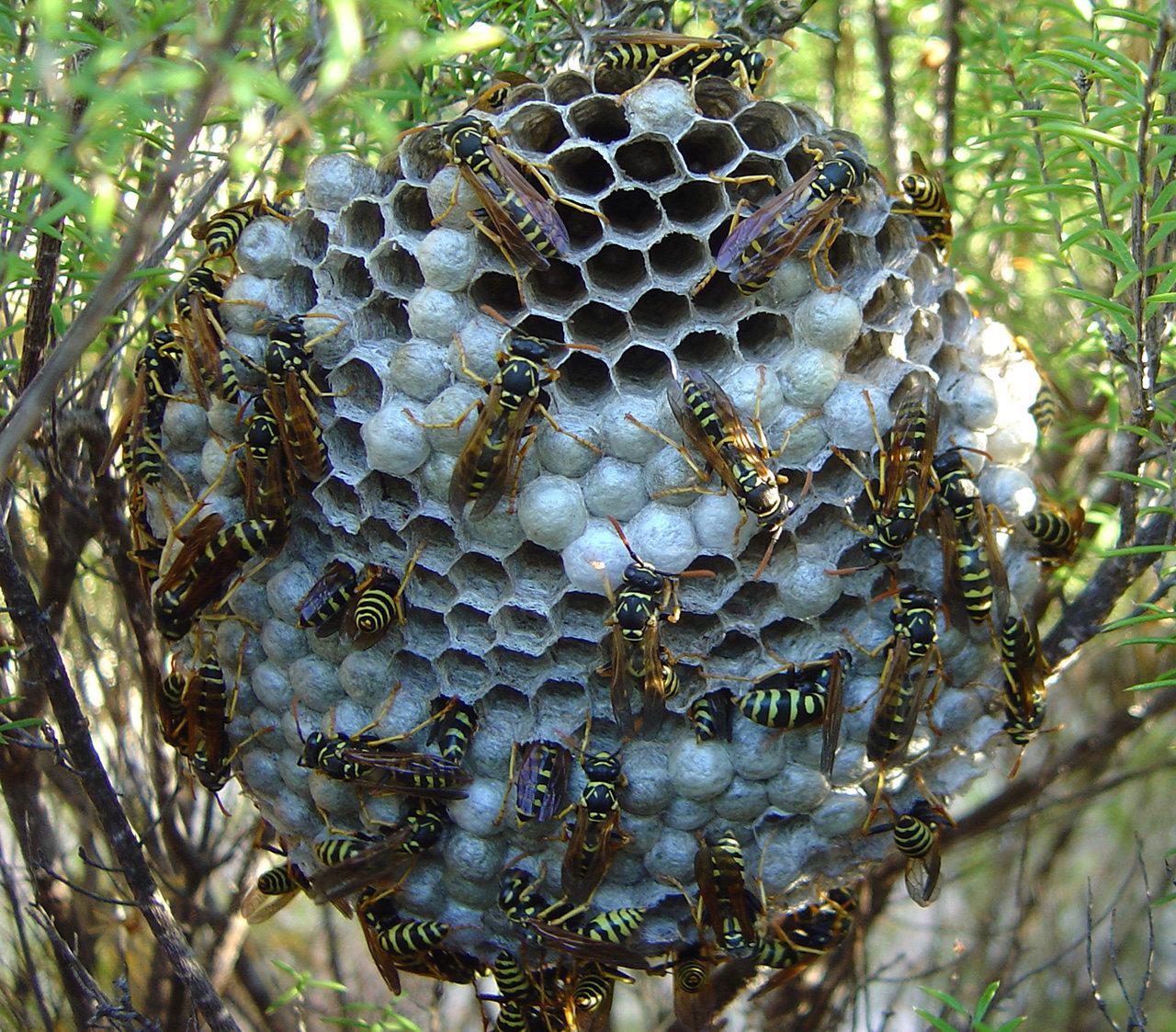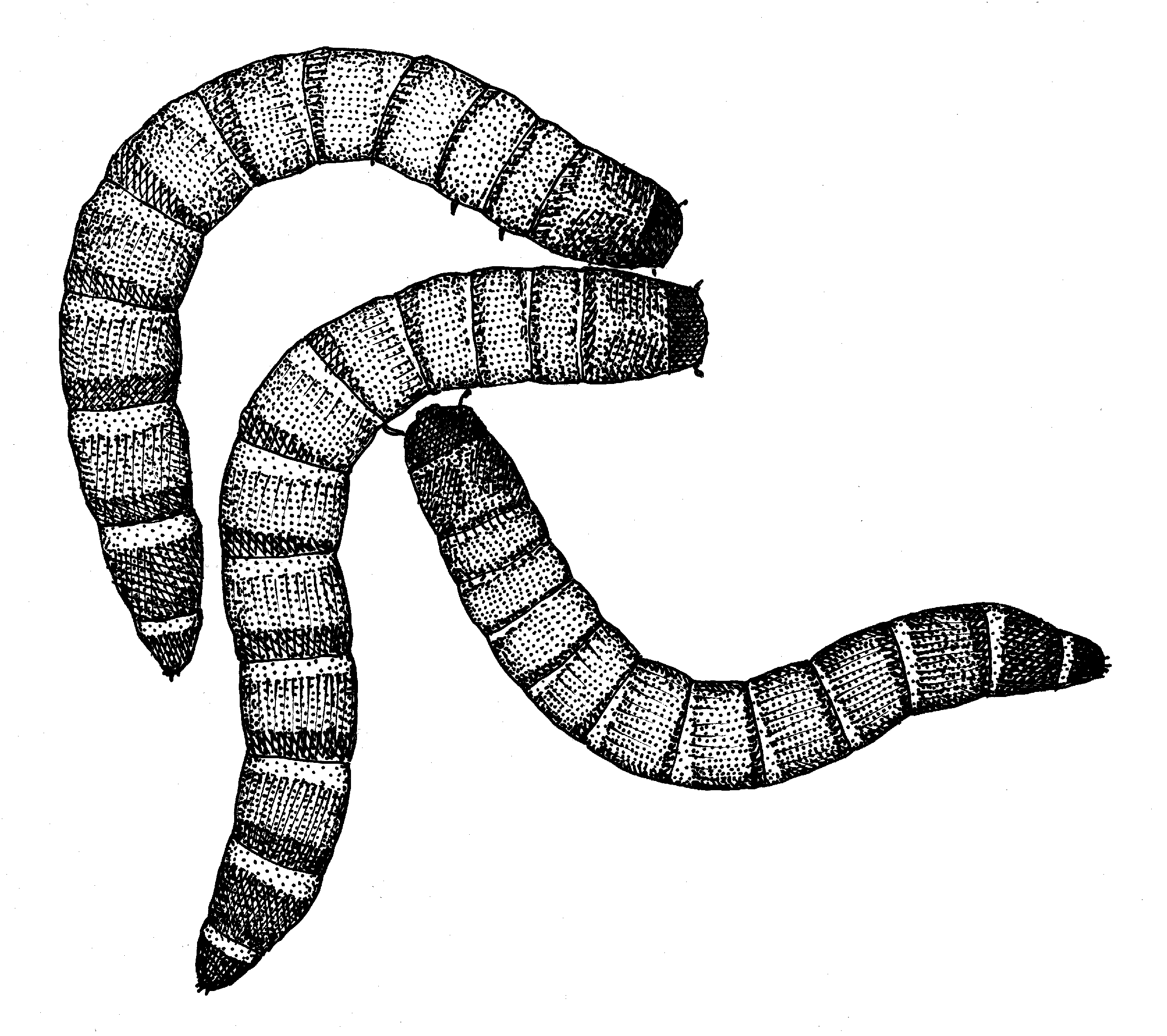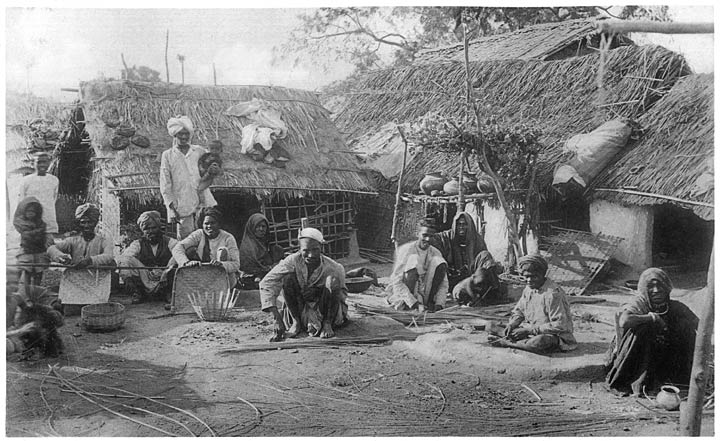|
Polistes Sulcifer
''Polistes semenowi'' is a species of paper wasp in the genus ''Polistes ''that is found in southeastern and southern central Europe, as well as central Asia, and was until 2017 erroneously known by the name ''Polistes sulcifer'', while a different species was incorrectly believed to represent ''P. semenowi'' (this species has been named ''Polistes austroccidentalis'' since 2017). It is one of only four known ''Polistes'' Obligate parasite, obligate social parasites, sometimes referred to as "cuckoo paper wasps", and its host is the congeneric species ''Polistes dominula''. As an obligate social parasite, this species has lost the ability to build nests, and relies on the host workers to raise its brood (honeybee), brood. ''P. semenowi'' females use brute force, followed by chemical mimicry in order to successfully usurp a host nest and take over as the queen. Taxonomy and phylogeny ''Polistes'' is the only genus in the tribe Polistini of the subfamily Polistinae. Species in thi ... [...More Info...] [...Related Items...] OR: [Wikipedia] [Google] [Baidu] |
Paper Wasp
Paper wasps are a type of Eusociality, social vespid wasps. The term is typically used to refer to members of the Vespidae, vespid subfamily Polistinae, though it often colloquially includes members of the subfamilies Vespinae (hornets and yellowjackets) and Stenogastrinae, which also make nests out of paper. Paper wasp nests are characterized by open combs with down pointing cells. Some types of paper wasps are occasionally referred to as umbrella wasps due to the distinctive design of their nests."Paper Wasp" Microsoft Encarta Online Encyclopedia 2006. Species Approximately 300 species of ''Polistes'' paper wasps have been identified worldwide. The most common paper wasp in Europe is ''Polistes dominula''. The Old World tribe Ropalidiini contains another 300 species ...[...More Info...] [...Related Items...] OR: [Wikipedia] [Google] [Baidu] |
Overwinter
Overwintering is the process by which some organisms pass through or wait out the winter season, or pass through that period of the year when "winter" conditions (cold or sub-zero temperatures, ice, snow, limited food supplies) make normal activity or even survival difficult or near impossible. In some cases "winter" is characterized not necessarily by cold but by dry conditions; passing through such periods could likewise be called overwintering. Hibernation and migration are the two major ways in which overwintering is accomplished. Animals may also go into a state of reduced physiological activity known as torpor. Overwintering occurs in several classes of lifeform. Insects In entomology, overwintering is how an insect passes the winter season. Many insects overwinter as adults, pupae, or eggs. This can be done inside buildings, under tree bark, or beneath fallen leaves or other plant matter on the ground, among other places. All such overwintering sites shield the insect ... [...More Info...] [...Related Items...] OR: [Wikipedia] [Google] [Baidu] |
Brood Parasites
Brood parasitism is a subclass of parasitism and phenomenon and behavioural pattern of animals that rely on others to raise their young. The strategy appears among birds, insects and fish. The brood parasite manipulates a host, either of the same or of another species, to raise its young as if it were its own, usually using egg mimicry, with eggs that resemble the host's. The strategy involves a form of aggressive mimicry called Kirbyan mimicry. The evolutionary strategy relieves the parasitic parents from the investment of rearing young. This benefit comes at the cost of provoking an evolutionary arms race between parasite and host as they coevolve: many hosts have developed strong defenses against brood parasitism, such as recognizing and ejecting parasitic eggs, or abandoning parasitized nests and starting over. It is less obvious why most hosts do care for parasite nestlings, given that for example cuckoo chicks differ markedly from host chicks in size and appearance. One ... [...More Info...] [...Related Items...] OR: [Wikipedia] [Google] [Baidu] |
Tenebrio Molitor
Mealworms are the larval form of the yellow mealworm beetle, ''Tenebrio molitor'', a species of darkling beetle. The yellow mealworm beetle prefers a warmer climate and higher humidity. Male mealworm beetles release a sex pheromone to attract females to mate. ''Tenebrio molitor'' has been used in biomedical research. Mealworms can be a dietary source for animals and humans. They are also considered pests, especially to food storage. Description Like all holometabolic insects, ''T. molitor'' goes through four life stages: egg, larva, pupa, and adult. Larvae typically measure about or more. Adults are generally in length. ''T. molitor'' is dark brown or black as an adult, with larvae up to long and adults up to long. The yellow mealworm beetle can be differentiated from other beetles, due to the linear grooves that are evenly divided and run along the abdomen. The beetle has only four tarsal segments on its hind legs. Most ground beetles, which are similar in size to ... [...More Info...] [...Related Items...] OR: [Wikipedia] [Google] [Baidu] |
Generalist And Specialist Species
A generalist species is able to thrive in a wide variety of environmental conditions and can make use of a variety of different resources (for example, a heterotroph with a varied diet). A specialist species can thrive only in a narrow range of environmental conditions or has a limited diet. Most organisms do not all fit neatly into either group, however. Some species are highly specialized (the most extreme case being monophagous, eating one specific type of food), others less so, and some can tolerate many different environments. In other words, there is a continuum from highly specialized to broadly generalist species. Description Omnivores are usually generalists. Herbivores are often specialists, but those that eat a variety of plants may be considered generalists. A well-known example of a specialist animal is the monophagous koala, which subsists almost entirely on eucalyptus leaves. The raccoon is a generalist, because it has a natural range that includes most of Nor ... [...More Info...] [...Related Items...] OR: [Wikipedia] [Google] [Baidu] |
Mimicry
In evolutionary biology, mimicry is an evolved resemblance between an organism and another object, often an organism of another species. Mimicry may evolve between different species, or between individuals of the same species. In the simplest case, as in Batesian mimicry, a mimic resembles a model, so as to deceive a dupe, all three being of different species. A Batesian mimic, such as a hoverfly, is harmless, while its model, such as a wasp, is harmful, and is avoided by the dupe, such as an insect-eating bird. Birds hunt by sight, so the mimicry in that case is visual, but in other cases mimicry may make use of any of the senses. Most types of mimicry, including Batesian, are deceptive, as the mimics are not harmful, but Müllerian mimicry, where different harmful species resemble each other, is Honest signal, honest, as when species of wasps and of bees all have genuinely Aposematism, aposematic warning coloration. More complex types may be bipolar, involving only two speci ... [...More Info...] [...Related Items...] OR: [Wikipedia] [Google] [Baidu] |
Camouflage
Camouflage is the use of any combination of materials, coloration, or illumination for concealment, either by making animals or objects hard to see, or by disguising them as something else. Examples include the leopard's spotted coat, the battledress of a modern soldier, and the leaf-mimic katydid's wings. A third approach, motion dazzle, confuses the observer with a conspicuous pattern, making the object visible but momentarily harder to locate. The majority of camouflage methods aim for crypsis, often through a general resemblance to the background, high contrast disruptive coloration, eliminating shadow, and countershading. In the open ocean, where there is no background, the principal methods of camouflage are transparency, silvering, and countershading, while the bioluminescence, ability to produce light is among other things used for counter-illumination on the undersides of cephalopods such as squid. Some animals, such as chameleons and octopuses, are capable of Active ... [...More Info...] [...Related Items...] OR: [Wikipedia] [Google] [Baidu] |
Dominance Hierarchy
In the zoological field of ethology, a dominance hierarchy (formerly and colloquially called a pecking order) is a type of social hierarchy that arises when members of animal social animal, social groups interact, creating a ranking system. Different types of interactions can result in dominance depending on the species, including Ritualized aggression, ritualized displays of aggression or direct physical violence. In social living groups, members are likely to compete for access to limited resources and mating opportunities. Rather than fighting each time they meet, individuals of the same sex establish a relative rank, with higher-ranking individuals often gaining more access to resources and mates. Based on repetitive interactions, a social order is created that is subject to change each time a dominant animal is challenged by a subordinate one. Definitions Dominance is an individual's preferential access to resources over another based on coercive capacity based on streng ... [...More Info...] [...Related Items...] OR: [Wikipedia] [Google] [Baidu] |
Cuticular
A cuticle (), or cuticula, is any of a variety of tough but flexible, non-mineral outer coverings of an organism, or parts of an organism, that provide protection. Various types of "cuticle" are non- homologous, differing in their origin, structure, function, and chemical composition. Human anatomy In human anatomy, "cuticle" can refer to several structures, but it is used in general parlance, and even by medical professionals, to refer to the thickened layer of skin surrounding fingernails and toenails (the eponychium), and to refer to the superficial layer of overlapping cells covering the hair shaft ( cuticula pili), consisting of dead cells, that locks the hair into its follicle. It can also be used as a synonym for the epidermis, the outer layer of skin. Cuticle of invertebrates In zoology, the invertebrate cuticle or cuticula is a multi-layered structure outside the epidermis of many invertebrates, notably arthropods and roundworms, in which it forms an exoskeleton ( ... [...More Info...] [...Related Items...] OR: [Wikipedia] [Google] [Baidu] |
Hibernation
Hibernation is a state of minimal activity and metabolic reduction entered by some animal species. Hibernation is a seasonal heterothermy characterized by low body-temperature, slow breathing and heart-rate, and low metabolic rate. It is most commonly used to pass through winter months – called overwintering. Although traditionally reserved for "deep" hibernators such as rodents, the term has been redefined to include animals such as bears and is now applied based on active metabolic suppression rather than any absolute decline in body temperature. Many experts believe that the processes of daily torpor and hibernation form a continuum and use similar mechanisms. The equivalent during the summer months is aestivation. Hibernation functions to conserve energy when sufficient food is not available. To achieve this energy saving, an endothermic animal decreases its metabolic rate and thereby its body temperature. Hibernation may last days, weeks, or months—depending on t ... [...More Info...] [...Related Items...] OR: [Wikipedia] [Google] [Baidu] |
Caste
A caste is a Essentialism, fixed social group into which an individual is born within a particular system of social stratification: a caste system. Within such a system, individuals are expected to marry exclusively within the same caste (endogamy), follow lifestyles often linked to a particular occupation, hold a ritual status observed within a hierarchy, and interact with others based on cultural notions of social exclusion, exclusion, with certain castes considered as either more pure or more polluted than others. The term "caste" is also applied to morphological groupings in eusocial insects such as ants, bees, and termites#caste, termites. The paradigmatic ethnographic example of caste is the division of India's Hinduism, Hindu society into rigid social groups. Its roots lie in South Asia's ancient history and it still exists; however, the economic significance of the caste system in India seems to be declining as a result of urbanisation and affirmative action programs. ... [...More Info...] [...Related Items...] OR: [Wikipedia] [Google] [Baidu] |
Larva
A larva (; : larvae ) is a distinct juvenile form many animals undergo before metamorphosis into their next life stage. Animals with indirect development such as insects, some arachnids, amphibians, or cnidarians typically have a larval phase of their life cycle. A larva's appearance is generally very different from the adult form (''e.g.'' caterpillars and butterflies) including different unique structures and organs that do not occur in the adult form. Their diet may also be considerably different. In the case of smaller primitive arachnids, the larval stage differs by having three instead of four pairs of legs. Larvae are frequently adapted to different environments than adults. For example, some larvae such as tadpoles live almost exclusively in aquatic environments but can live outside water as adult frogs. By living in a distinct environment, larvae may be given shelter from predators and reduce competition for resources with the adult population. Animals in the lar ... [...More Info...] [...Related Items...] OR: [Wikipedia] [Google] [Baidu] |









